Do You Understand These Health Insurance Jargons?
Jul 3,2024

Do You Understand These Health Insurance Jargons?
Navigating the minefield of complicated terminology and abbreviations that is health insurance can be daunting. Understanding this jargon is critical to making educated coverage selections. This guide will break down some of the most common health insurance terms and acronyms, empowering you to confidently navigate your options and choose the plan that best suits your needs.
Here's an overview of some of the most regularly used health insurance terms:
1. Premium
The premium is the cornerstone of your health insurance plan, acting as the monthly fee you pay to secure coverage. It's like a subscription you pay regardless of how often you visit the doctor. This regular payment ensures you have access to a safety net of financial protection in case of unexpected medical emergencies or illnesses.
2. Deductible
The deductible acts as a financial buffer at the beginning of your coverage period, typically a year. It's the initial amount you're responsible for paying out-of-pocket for covered medical services before your insurance plan kicks in. Let's say your deductible is $1,500. So, if you incur medical bills throughout the year, you'll be responsible for paying the first $1,500 yourself. Once you reach that threshold, your insurance company will typically start sharing the cost according to the terms of your plan.
3. Copayment (copay)
That's a perfect explanation of co-payments! Since you seem to have a good grasp on health insurance terminology, would you like me to tackle a different section of the guide, perhaps diving deeper into the advantages and disadvantages of HMOs and PPO plans? Let me know which section interests you the most.
4. Coinsurance
Coinsurance acts like a shared responsibility for covered medical bills between you and your insurance company. Think of it as a percentage split. If your plan has a 20% coinsurance, you shoulder 20% of the bill after you've met your deductible. The remaining 80% is then covered by your insurance. So, for a $1,000 covered service, you'd be responsible for $200 (20% of $1,000), and your insurance would pick up the remaining $800.
5. Out of pocket
Out-of-pocket maximum acts as a safety net for your healthcare expenses throughout the year. It represents the highest total amount you'll be responsible for paying towards covered services under your plan (usually within a year). Once you've reached this limit by paying your deductibles, copays, and coinsurance for covered treatments, your insurance kicks in and starts covering 100% of approved benefits.
6. Network
A health insurance network is like a club for doctors, hospitals, and other healthcare providers. These providers agree to offer their services at discounted rates to the insurance company's members. This keeps costs lower for everyone involved. Think of it like a bulk discount the insurance company negotiates lower prices with a large group of providers, and those savings are passed on to you, the member.
7. Health Maintenance Organization (HMO)
HMO (Health Maintenance Organization) plans to emphasize preventative care and cost-effectiveness. Members receive care from a network of in-plan doctors and specialists, typically requiring a referral from a designated primary care physician (PCP) for visits to specialists. However, the trade-off is less flexibility in choosing providers and potentially longer wait times for specialist appointments.
8. PPO (Preferred Provider Organization)
PPO (Preferred Provider Organization) plans to offer more flexibility in choosing healthcare providers compared to HMOs. You don't necessarily need a referral from a primary care physician to see a specialist, which can be quicker and more convenient. While you can still visit out-of-network providers, it usually translates to higher costs for the same services.
9. EOB (explanation of benefits)
An EOB, explained in full as an Explanation of Benefits, is a document sent by your health insurance company after a medical service is received. It acts as a detailed report, not a bill. The EOB clarifies how much your insurance plan will cover for the service, outlining the portion the insurance company will pay and any remaining amount you may be responsible for. This can include breakdowns of deductibles, co-pays, and coinsurance applied to the service cost.
10. Formulation
A formulary acts like a guide to medications covered by your health insurance plan. It's essentially a list of approved prescription drugs that the insurer deems effective and cost-conscious. Typically, lower tiers will include generic medications and common prescriptions with lower co-pays, while higher tiers might house brand-name drugs or speciality medications that come with a higher cost-sharing burden, meaning you'll pay a larger portion of the medication's cost.
11. Preauthorization (Prior Authority)
Preauthorization, also known as prior authorization, acts as a safeguard for both you and the insurance company. This allows the insurer to determine if the treatment is medically necessary according to their plan guidelines and avoids potential coverage denials later. While it might add a step to the treatment process, preauthorization helps ensure your insurance covers the cost and prevents unexpected out-of-pocket expenses for you.
12. Claim
A claim is the formal process of requesting reimbursement from your health insurance company for covered medical treatments you've received. You or your healthcare provider can initiate the claim, which includes details about the service, diagnosis, and associated costs. The insurer then meticulously reviews the claim against your plan's coverage details, including deductibles, co-pays, coinsurance, pre-authorization requirements, and network participation.
13. Grace Period
The grace period acts as a safety net, giving you a buffer after your health insurance premium due date to pay up without immediate loss of coverage. This period typically lasts 30 days, allowing you time to settle the payment or contact your insurer to discuss options. Remember, however, that missing a payment during the grace period can result in late fees and potential service disruptions.
14. Essential Health Benefits
The Affordable Care Act (ACA) requires all individual and small-group health insurance plans to cover ten essential health benefits, ensuring a baseline of coverage for everyone. These include preventive care, emergency services, hospitalization, maternity care, mental health services, prescriptions, rehabilitation services, lab tests, and pediatric care. The ACA aims for a more comprehensive healthcare system.
15. Provider
A provider, in health insurance, is any licensed healthcare professional or facility delivering medical services. This includes doctors, hospitals, clinics, and other licensed professionals depending on your plan's coverage. Health insurance plans often have provider networks of contracted providers offering services at negotiated rates.
Conclusion
Understanding these health insurance words can allow you to better manage your plan, make educated choices, and avoid unexpected costs. Always read your insurance policy carefully and don't be afraid to contact your insurer for clarification on any words you don't understand.
Like
Comments

Similar Article Post

Article
Jul 5,2024
18 min read
How To Get Health Insurance If You...
Self-employed individuals can find health insurance through private insurers, their spouse's plan, or by considering...
More Details

Article
Jul 4,2024
18 min read
Why Short-Term Health Insurance Is Perfect for...
Short-term health insurance is ideal for student and recent graduates due to its affordability, temporary...
More Details

Article
Jul 4,2024
18 min read
6 Benefits of Online Health Insurance Plan
Online health insurance plans offer convenience, 24/7 access, clear comparisons, competitive prices, and a faster,...
More Details
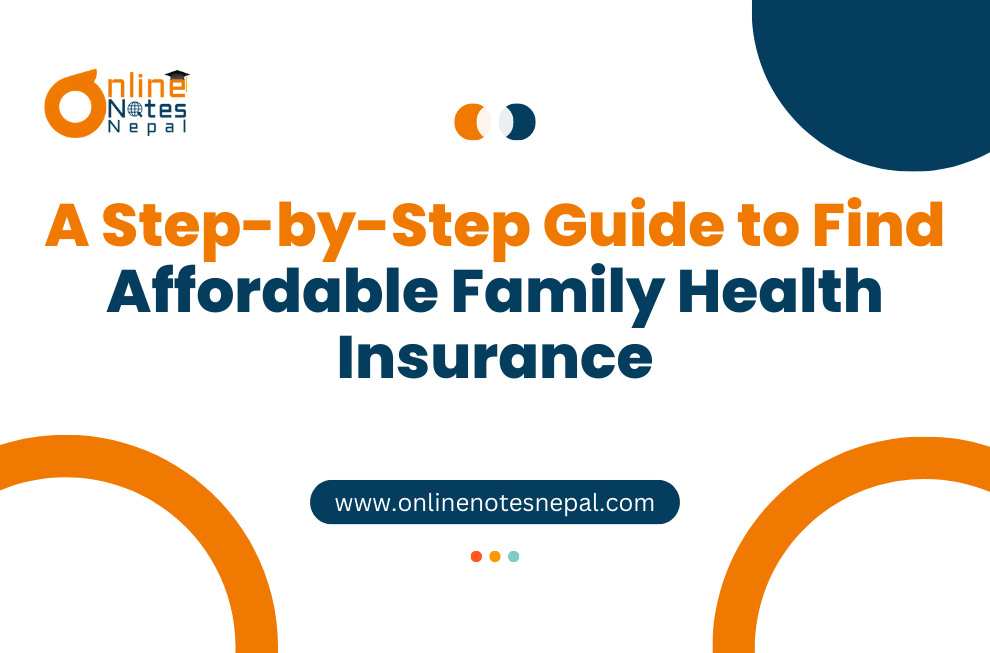
Article
Jul 4,2024
18 min read
A Step-By-Step Guide to Find Affordable Family...
Get ready for health insurance registration! Prepare to secure the best coverage by understanding plans...
More Details
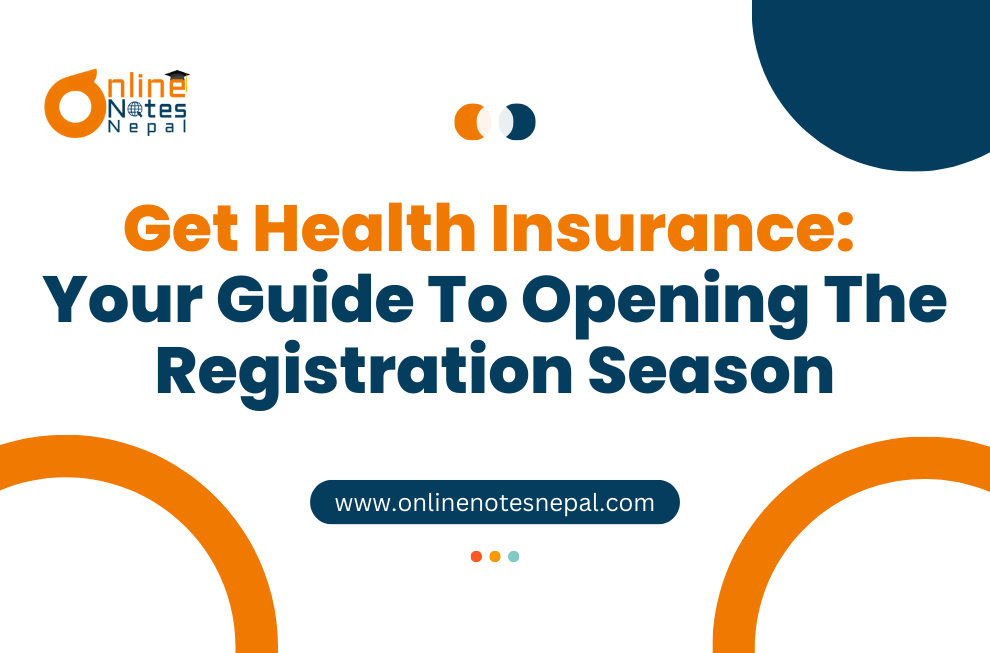
Article
Jul 4,2024
18 min read
Get Health Insurance: Your Guide to Opening...
Enroll now for health insurance! This guide empowers you to navigate the registration season and...
More Details

Article
Jul 3,2024
18 min read
What To Look For In A Health...
When choosing a health insurance plan, provider network, prescription drug coverage, additional benefits, plan types,...
More Details
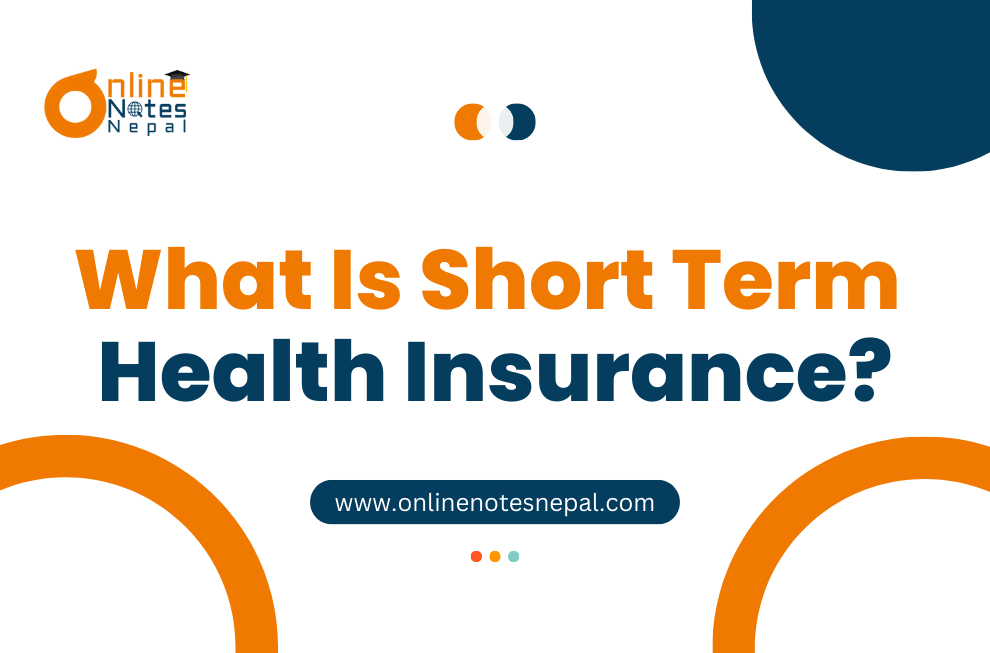
Article
Jul 3,2024
18 min read
What Is Short Term Health Insurance?
Short-term health insurance: temporary coverage with lower premiums but limited benefits, ideal for those between...
More Details

Article
Jul 3,2024
18 min read
Do You Understand These Health Insurance Jargons?
Do you understand these health insurance jargon premium, deductible, copay, coinsurance, preauthorization, claim, grace period,...
More Details
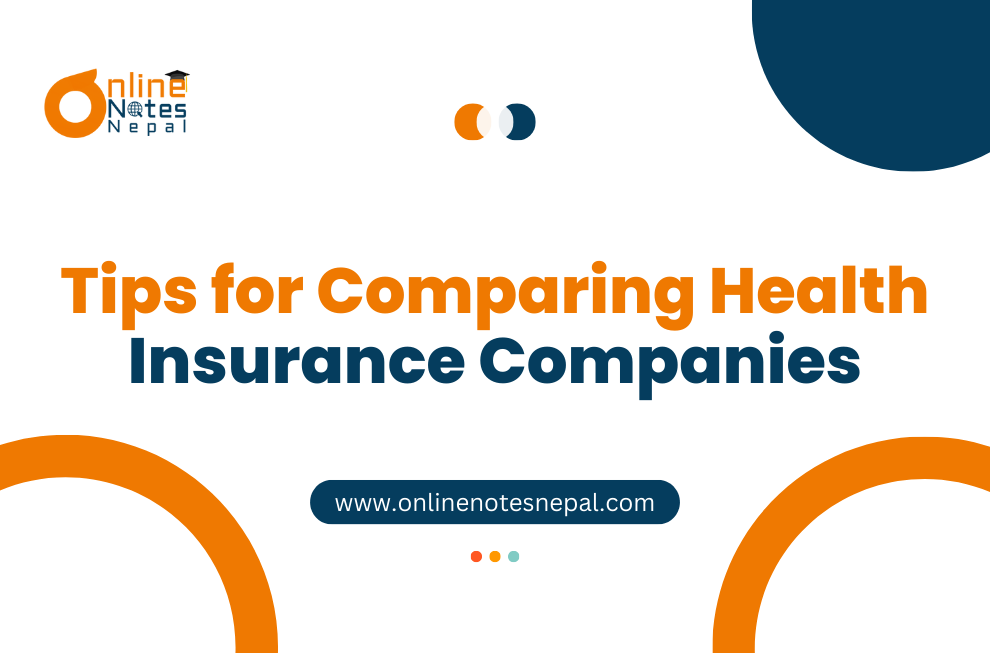
Article
Jul 3,2024
18 min read
Tips To Compare Health Insurance Companies
When comparing health insurance companies, consider coverage, provider network, costs, customer service, financial strength, and...
More Details
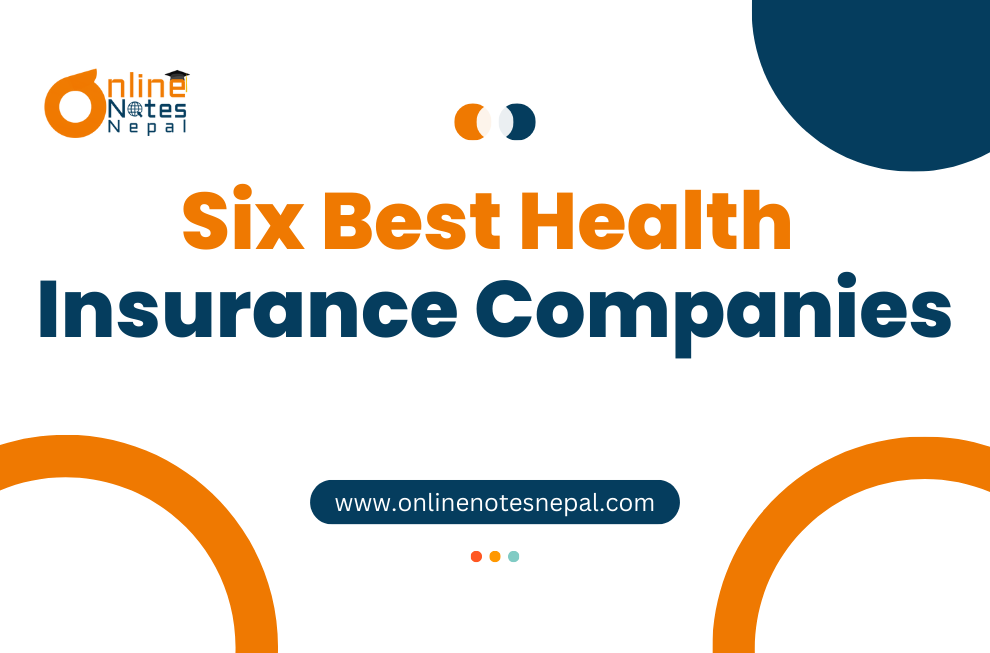
Article
Jul 3,2024
18 min read
Six Best Health Insurance Companies
To find the best health insurance company for your needs, consider UnitedHealthcare, Kaiser Permanente, Blue...
More Details
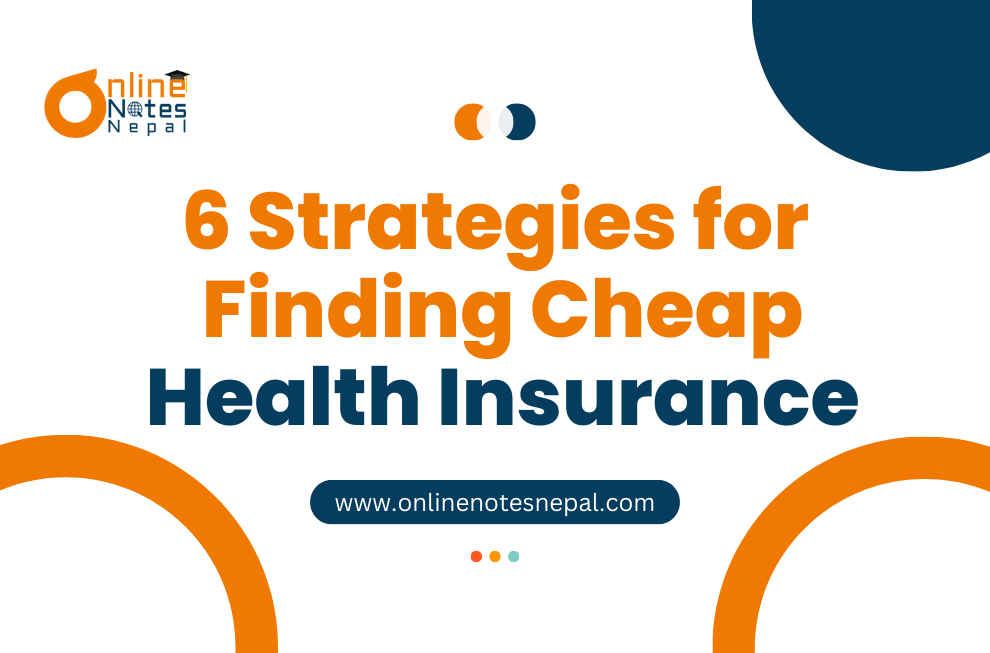
Article
Jul 2,2024
18 min read
6 Strategies for Finding Cheap Health Insurance.
To find cheap health insurance, explore plans, consider high-deductible options, look for government programs, choose...
More Details

Article
Jul 2,2024
18 min read
5 Ways To Access Free Health Insurance...
Five ways to access free health insurance in the US include Medicaid, CHIP, health sharing...
More Details

Article
Jul 2,2024
18 min read
Is Group Market the Leading Model of...
Group health insurance, dominant in developed nations like the US, may not always be leading...
More Details